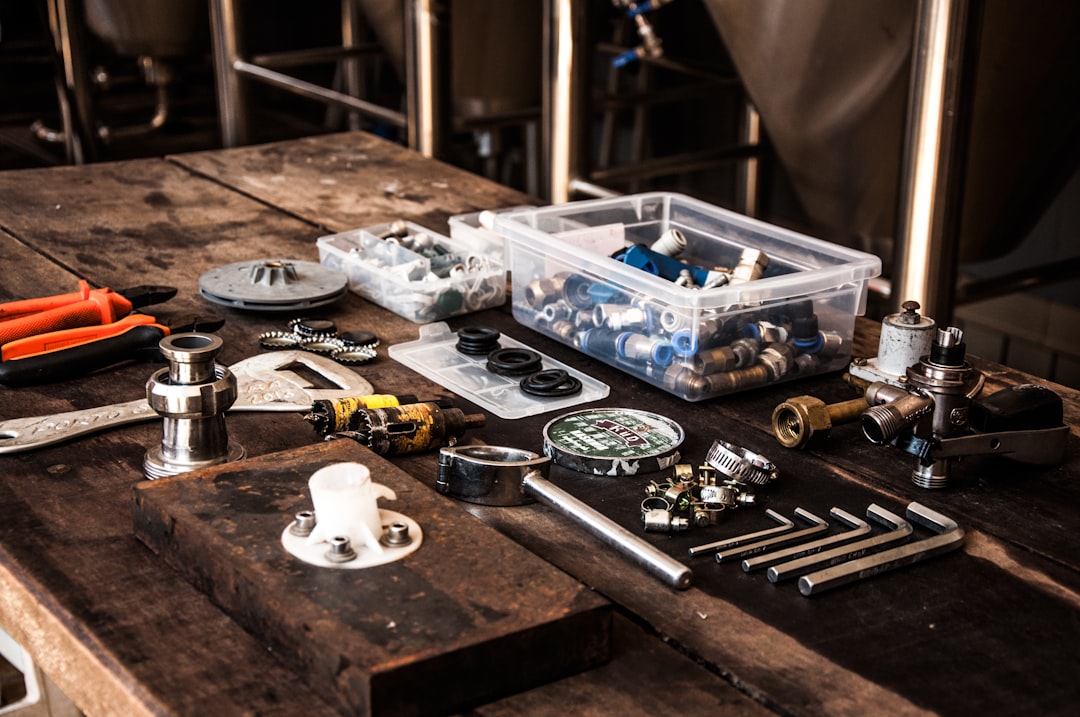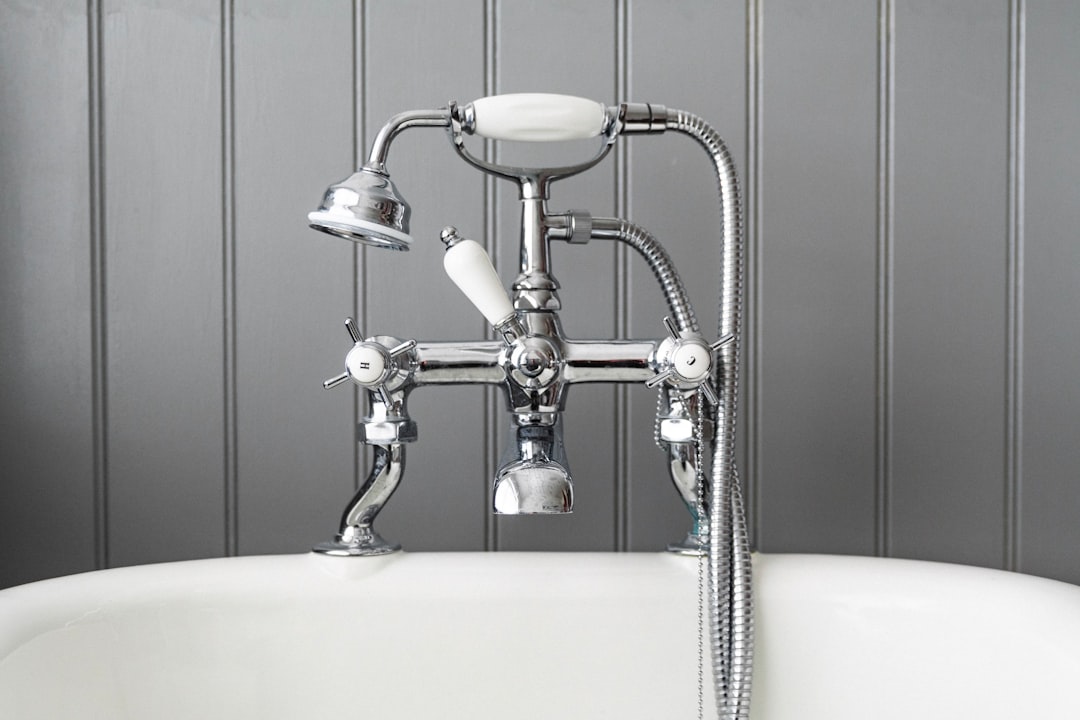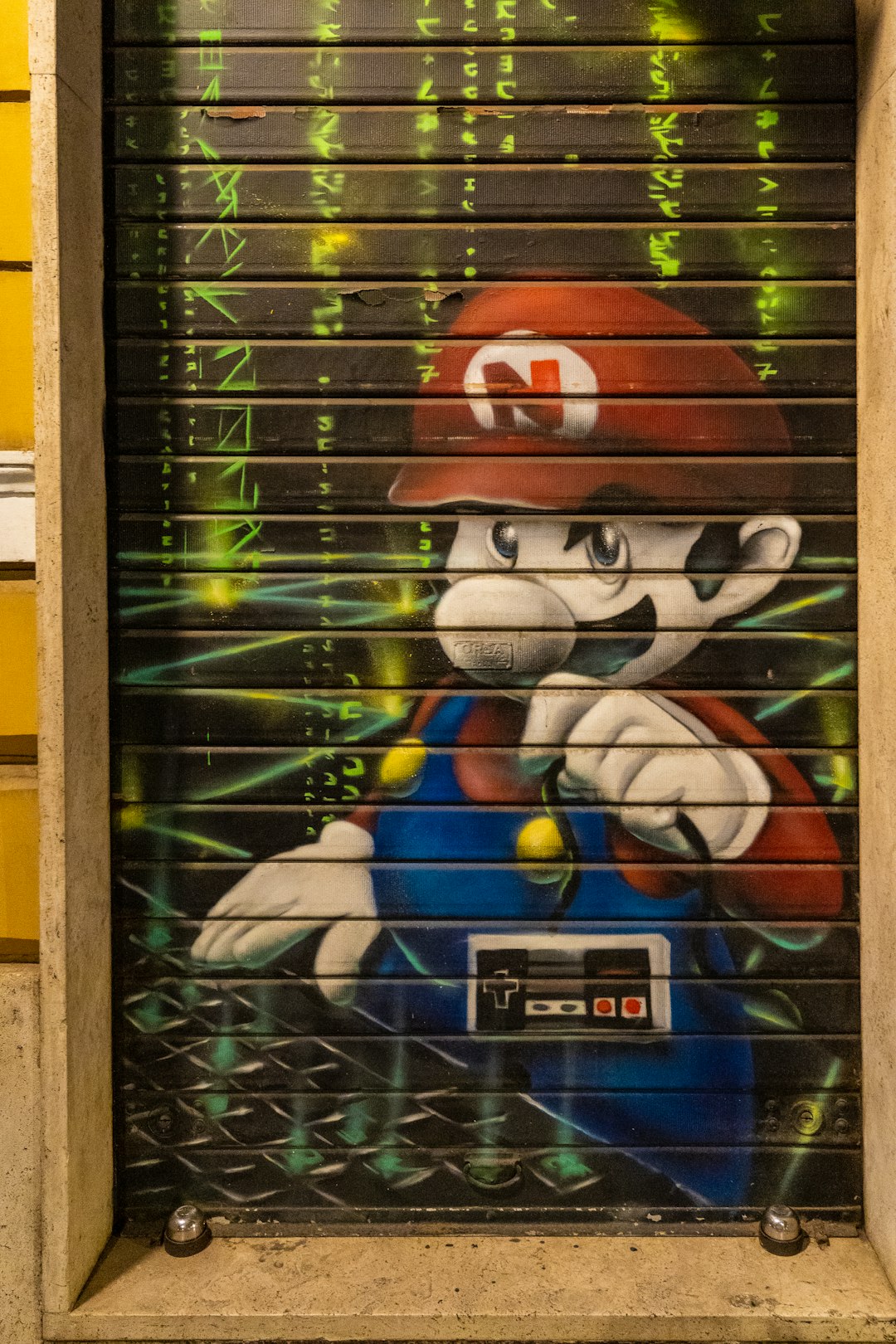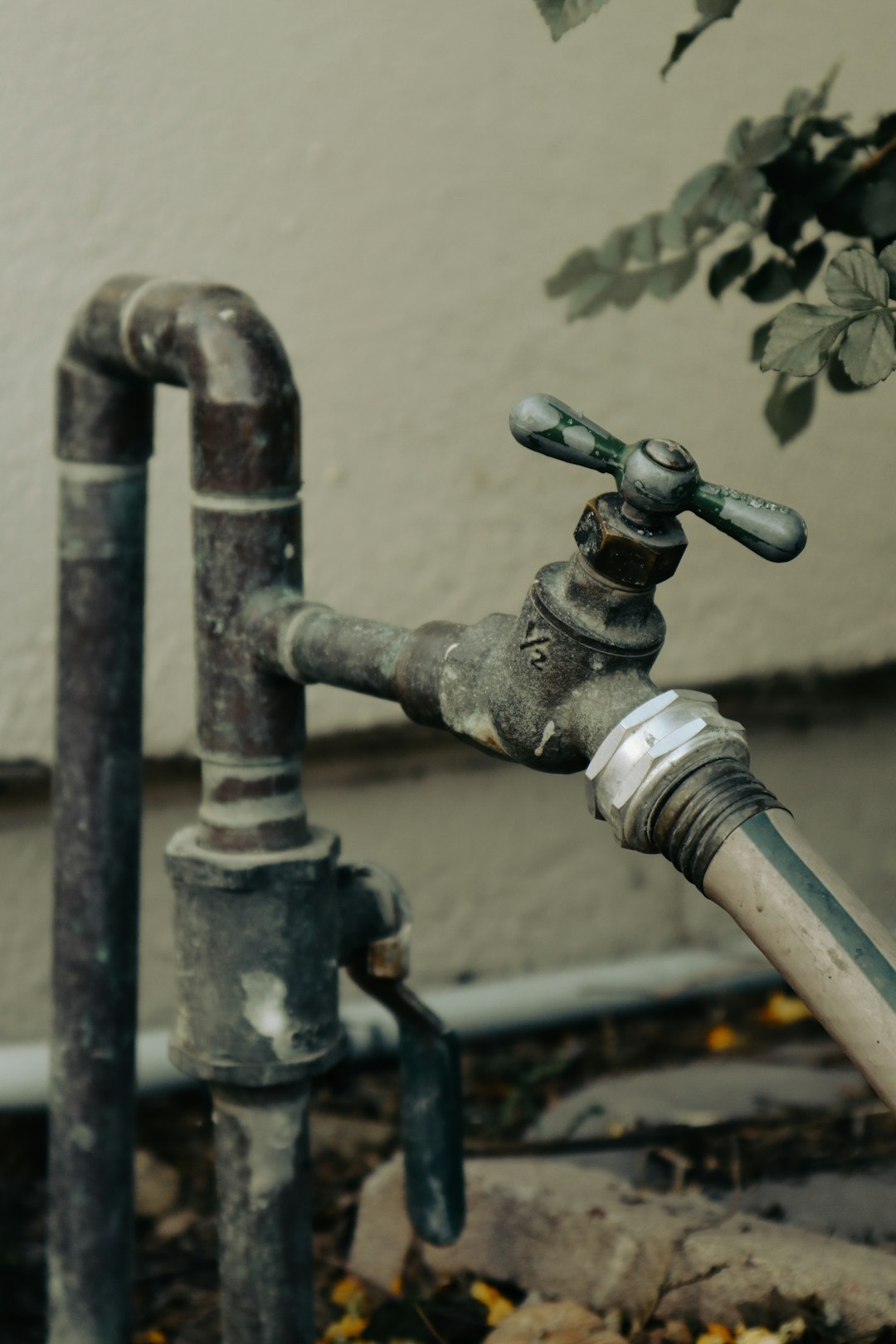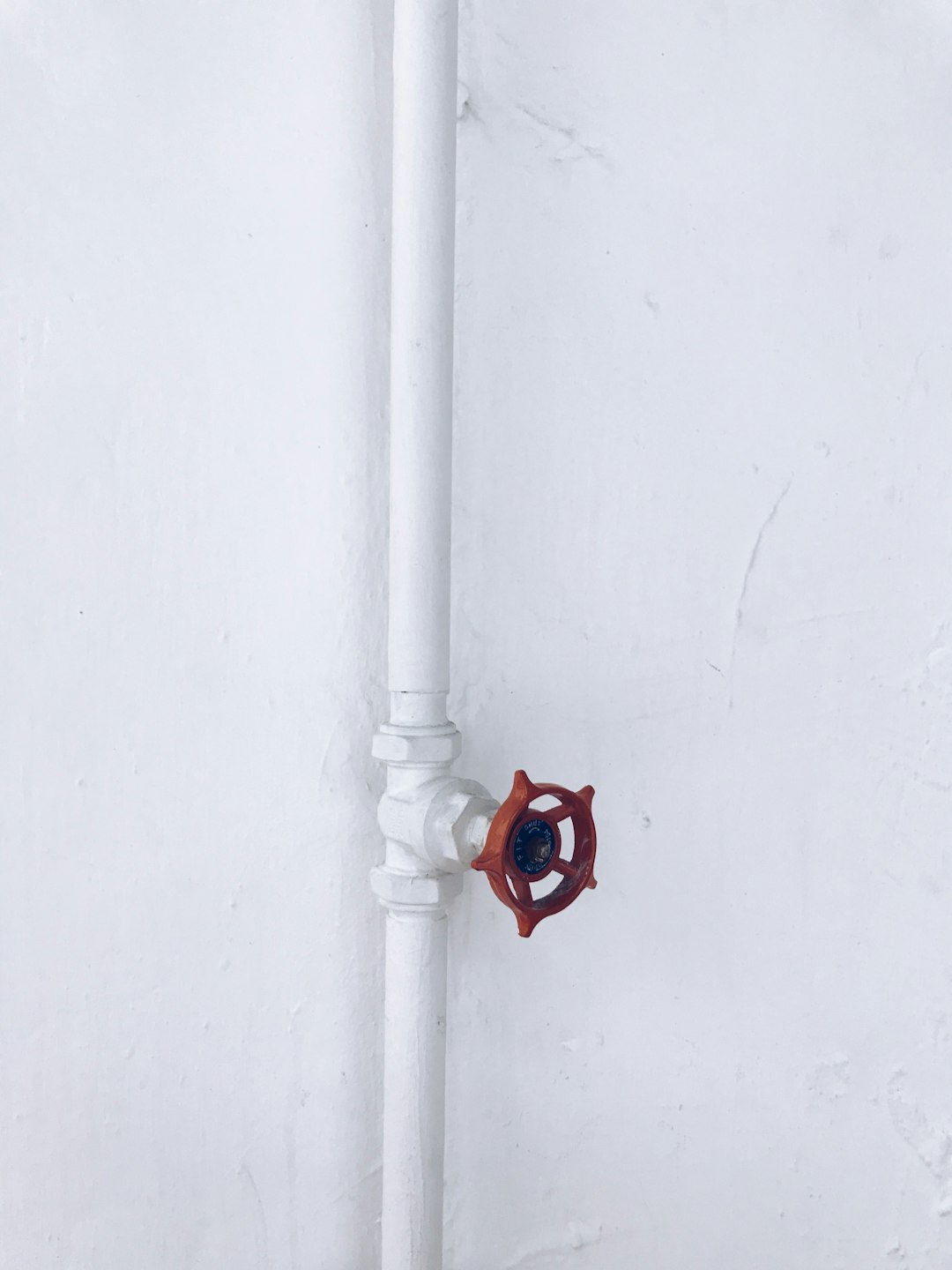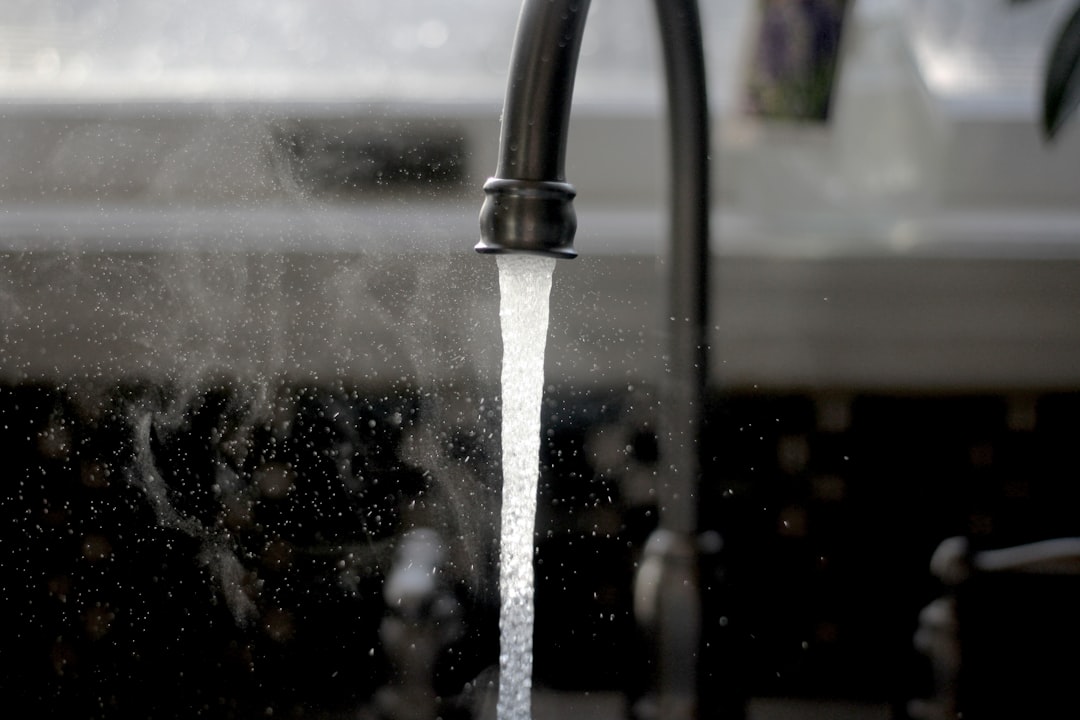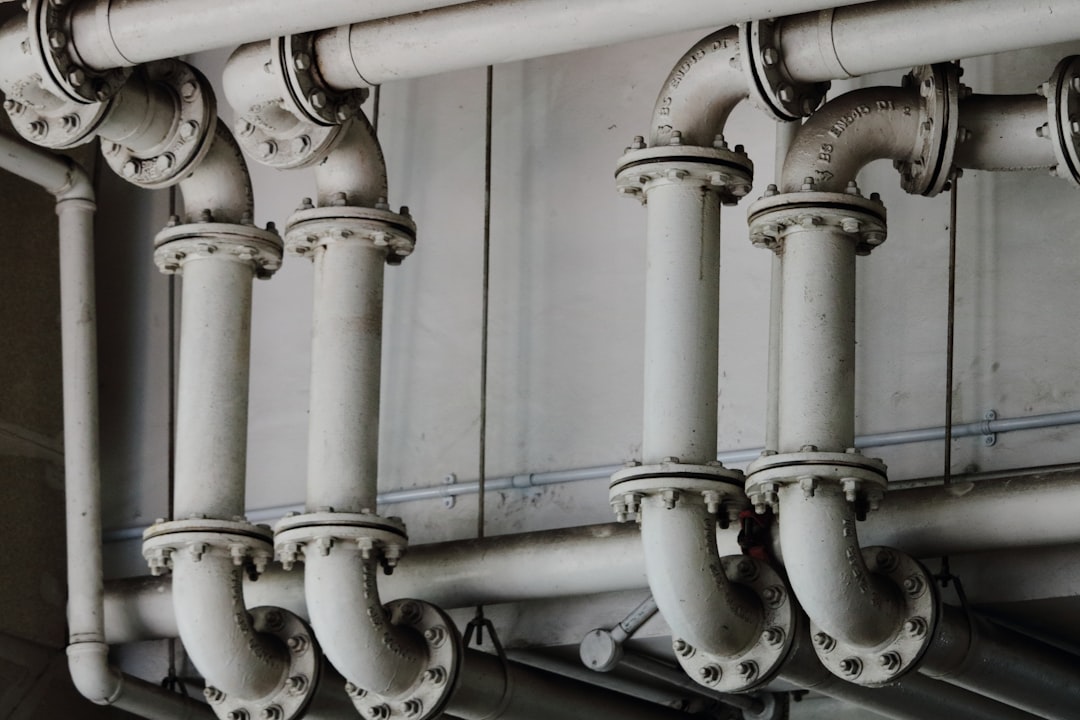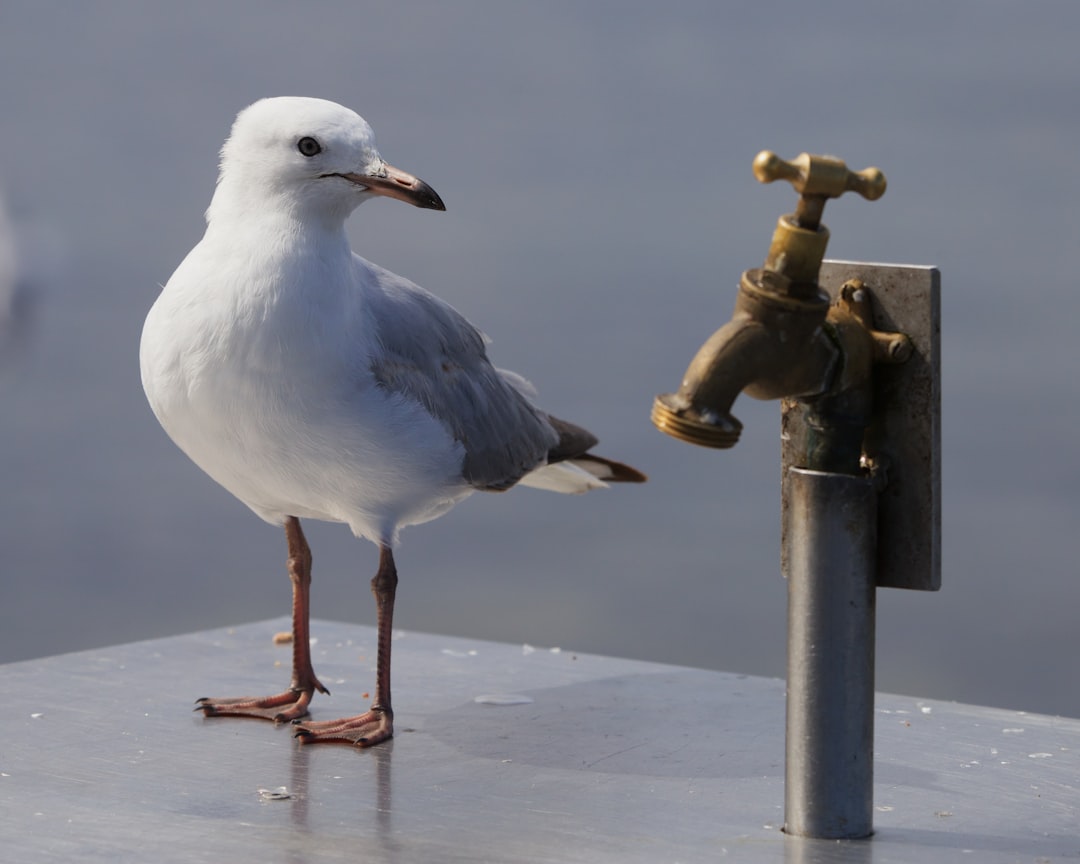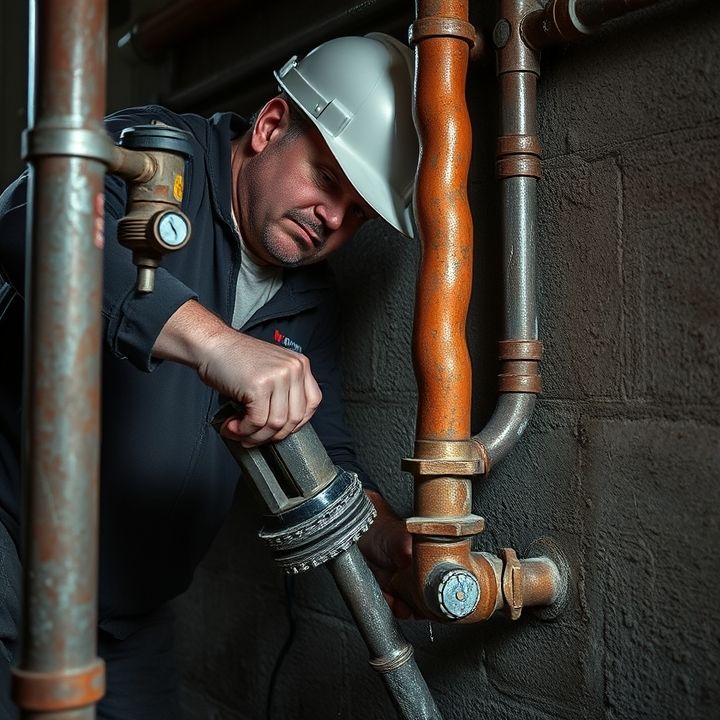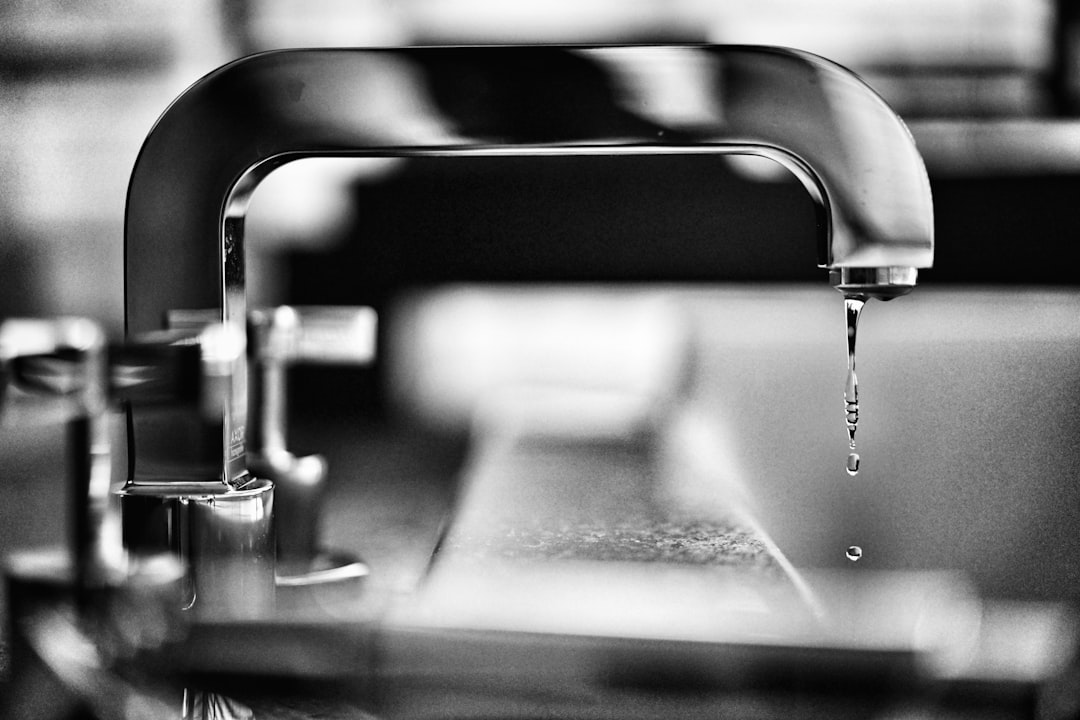Table of Contents
- Introduction
- Definition of a plumbing emergency
- Signs that indicate a plumbing emergency
- Common types of plumbing emergencies
- What to do in a plumbing emergency
- When to call a professional plumbing emergency service
- Emergency plumbing repairs and their importance
- Cost considerations for emergency plumbing services
- Preventive measures to avoid plumbing emergencies
- Conclusion
- Frequently Asked Questions
Introduction
Plumbing emergencies can strike at any moment, turning a peaceful day into a frantic race against time. Whether it’s a sudden burst pipe flooding your basement or an overflowing toilet threatening to ruin your weekend, knowing how to identify a plumbing emergency is crucial.
When every second counts, your response can mean the difference between a minor inconvenience and a costly disaster.
In this article, we will guide you through the telltale signs of plumbing emergencies and provide actionable steps to take when you find yourself in such a predicament.
Don’t let panic take over; arming yourself with the right knowledge can help you handle the situation effectively.
Let’s dive in and ensure that you’re prepared the next time a plumbing crisis hits!
Definition of a plumbing emergency
A plumbing emergency is typically defined as any situation that poses an immediate threat to property, health, or safety due to plumbing issues. This can include severe leaks that lead to flooding, burst pipes, or a malfunctioning water heater that results in water damage or unsafe temperatures. A blocked drain or toilet that causes sewage backup is also considered an emergency, as it can lead to hazardous conditions. Other examples may include overflowing toilets, malfunctioning sump pumps during heavy rain, or gas leaks associated with plumbing systems.
In many cases, plumbing emergencies require prompt attention to prevent further damage and costly repairs. Homeowners often find themselves in urgent situations, such as water pouring into their home or an inability to access essential plumbing fixtures. Recognizing what constitutes a plumbing emergency is crucial for timely action and seeking professional assistance.
Signs that indicate a plumbing emergency
Recognizing the signs of a plumbing emergency is crucial to prevent further damage and costly repairs. One major sign is the presence of water pooling in areas where it shouldn’t be, such as under sinks, around the toilet, or in basements. This can indicate a leak that needs immediate attention.
Another sign is a sudden drop in water pressure, which may suggest a burst pipe or a serious blockage in the system. If you hear gurgling sounds coming from drains, this might be a warning that there is a blockage necessary to address.
Additionally, a sewer smell or foul odors emanating from your drains could indicate a serious issue, such as a sewer backup. If your toilet is overflowing despite no apparent cause, it’s time to call a plumber. Lastly, if you see any significant changes in your water bill without increased usage, this could be a sign of an unnoticed leak that could escalate into a plumbing nightmare.
Common types of plumbing emergencies
Plumbing emergencies can occur unexpectedly and often require immediate attention to prevent further damage or health hazards. Some common types of plumbing emergencies include burst pipes, which can lead to significant water damage if not addressed promptly. Clogged drains are another urgent issue, particularly if they cause overflow or sewage backup, posing health risks.
Leaking faucets and toilets may seem minor, but they can waste a substantial amount of water and increase utility bills over time. A malfunctioning water heater is also a critical emergency, especially during colder months, as it can disrupt hot water supply for daily needs.
Another serious situation is sewage backup, which necessitates immediate professional intervention due to the health risks involved. Gas line leaks, while not exclusively plumbing-related, also require urgent attention as they can pose a serious danger to inhabitants. Understanding these common plumbing emergencies helps homeowners to act quickly and efficiently when issues arise, potentially saving them from costly repairs and inconveniences.
What to do in a plumbing emergency
Experiencing a plumbing emergency can be stressful, but knowing the steps to take can help mitigate damage and ensure safety. First, identify the problem. Common plumbing emergencies include burst pipes, overflowing toilets, or severe leaks. Once identified, the first critical step is to shut off the water supply to prevent further damage. Locate your property’s main water valve, which is usually near the perimeter of the home or where the water line enters.
Next, if the emergency involves sewage, it’s important to avoid using water fixtures to prevent health hazards. Clear the area of any valuables to minimize potential water damage. You should also document the situation with photos for insurance purposes. If the issue is beyond your ability to manage, do not hesitate to call a professional plumber who is qualified to handle emergencies. They have the tools and expertise to resolve urgent plumbing issues quickly and safely. Remember to keep contact details of a reputable plumber handy to ensure you can act fast when required. Taking these initial steps can help control the situation while waiting for professional assistance.
When to call a professional plumbing emergency service
Knowing when to call a professional plumbing emergency service is crucial for maintaining the integrity of your home. If you experience severe leaks that lead to flooding, it is imperative to reach out for help immediately. Significant water damage can occur quickly, potentially impacting your property’s structure and causing mold growth.
Another situation that warrants an emergency call is a complete loss of water supply. Whether due to a broken pipe or a malfunctioning water heater, a sudden inability to access water can disrupt your daily routine significantly.
Additionally, if you notice persistent sewage backups, this is a serious health hazard that requires urgent attention. A backup can indicate a blockage or a more severe issue within the plumbing system.
Further, when your fixtures start to burst or show signs of wear, it may be time to call in professionals before the problem escalates. Plumbing emergencies can be stressful, but recognizing these scenarios ensures that help is sought quickly, minimizing damage and ensuring safety.
Emergency plumbing repairs and their importance
Emergency plumbing repairs are critical for maintaining the integrity of a home or building. They address urgent issues that can cause significant damage if not resolved promptly. Common emergencies include burst pipes, severe leaks, overflowing toilets, and malfunctioning water heaters. Such problems not only disrupt daily life but can also lead to extensive water damage, mold growth, and costly repairs if left unattended.
When faced with a plumbing emergency, immediate action is necessary. Professional plumbers are trained to quickly assess situations and implement repairs to avert further damage. Their expertise ensures that problems are not only fixed efficiently but also correctly, preventing potential recurring issues in the future. Moreover, understanding the importance of emergency plumbing services highlights the need for homeowners to establish relationships with reliable plumbers beforehand, ensuring timely assistance when issues arise.
Investing in emergency plumbing repairs is not just about fixing immediate problems; it is also about safeguarding your property and peace of mind. Regular maintenance can help identify potential issues before they escalate, but knowing whom to call in an emergency is equally vital.
Cost considerations for emergency plumbing services
When facing a plumbing emergency, understanding the cost considerations is essential for homeowners. Emergency plumbing services typically charge higher rates than standard services, reflecting the urgency and immediacy required to address sudden issues. Factors that influence the overall cost include the time of day, as after-hours calls often incur premium rates. Additionally, the complexity of the plumbing problem can significantly affect pricing; more severe issues, such as a burst pipe or severe leak, may require specialized tools and expertise, leading to higher labor costs.
Moreover, determining the final bill may involve assessing the materials needed for repairs. High-quality materials can enhance durability but may add to the expense. Some plumbing services also offer flat-rate pricing, while others charge hourly, so it’s crucial to clarify the pricing structure before any work begins. Lastly, having an emergency fund or insurance can ease the financial burden associated with unexpected plumbing repairs.
Preventive measures to avoid plumbing emergencies
Preventive measures are essential to avoid plumbing emergencies and maintain the integrity of your plumbing system. Regular maintenance is key; schedule annual inspections by a qualified plumber to identify and address potential issues before they escalate.
Know the location of your main water shut-off valve and ensure it is easily accessible in case of a sudden leak or burst pipe. Additionally, inspect and clean drains regularly to prevent clogs that can lead to overflowing or backflow.
Be mindful of what goes down your drains—avoid flushing items like grease, wipes, or other non-biodegradable materials that can obstruct your plumbing. In colder months, insulate exposed pipes to prevent freezing, which can cause cracks and significant damage.
It is also advisable to monitor water pressure; high pressure can strain pipes and fixtures, leading to leaks. Finally, consider installing sump pumps in areas prone to flooding, providing an extra layer of protection against water damage.
Conclusion
In conclusion, recognizing and promptly addressing plumbing emergencies is essential for safeguarding your home and health. By being aware of the signs of a plumbing crisis, such as unexpected leaks or sewage backups, you can take immediate action to mitigate damage. Timely intervention is crucial, and knowing when to call a professional can save you time, money, and stress. It’s wise to have the contact information of a reliable plumbing service readily available. If you ever find yourself facing a plumbing emergency, don’t hesitate to reach out for help. Call 573-555-2121 to get expert plumbing assistance now and ensure the safety and comfort of your home.
